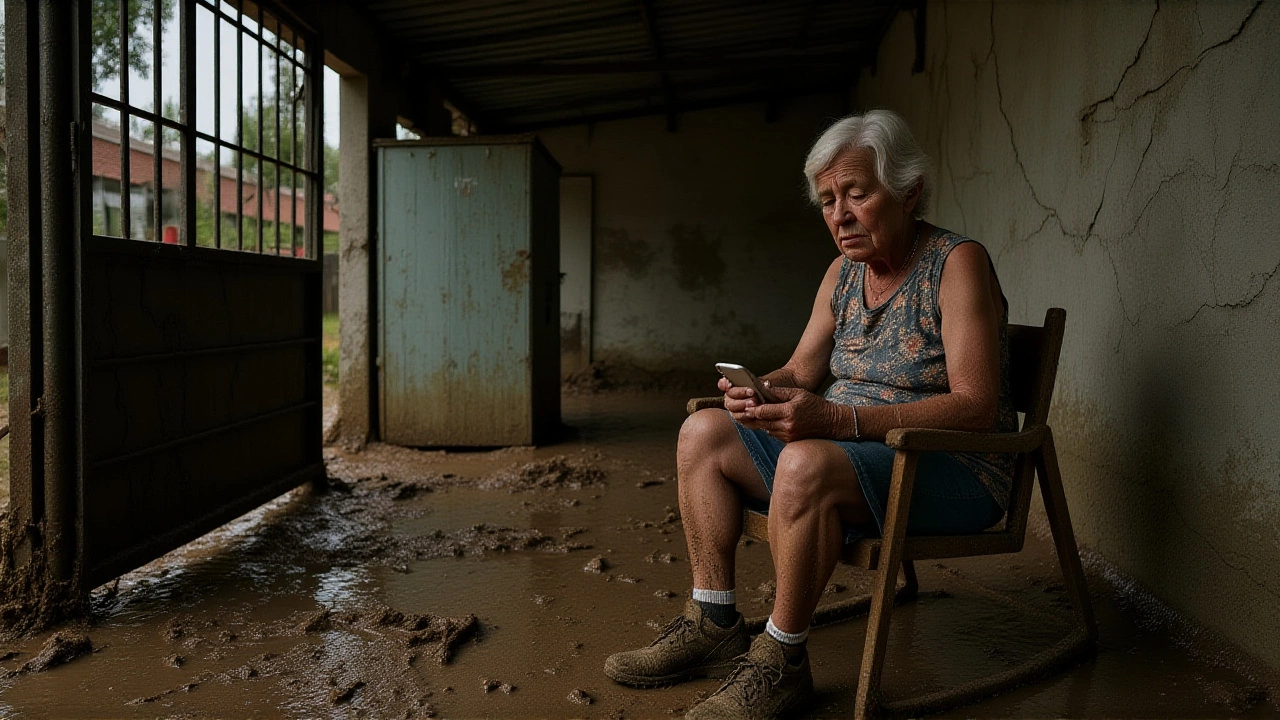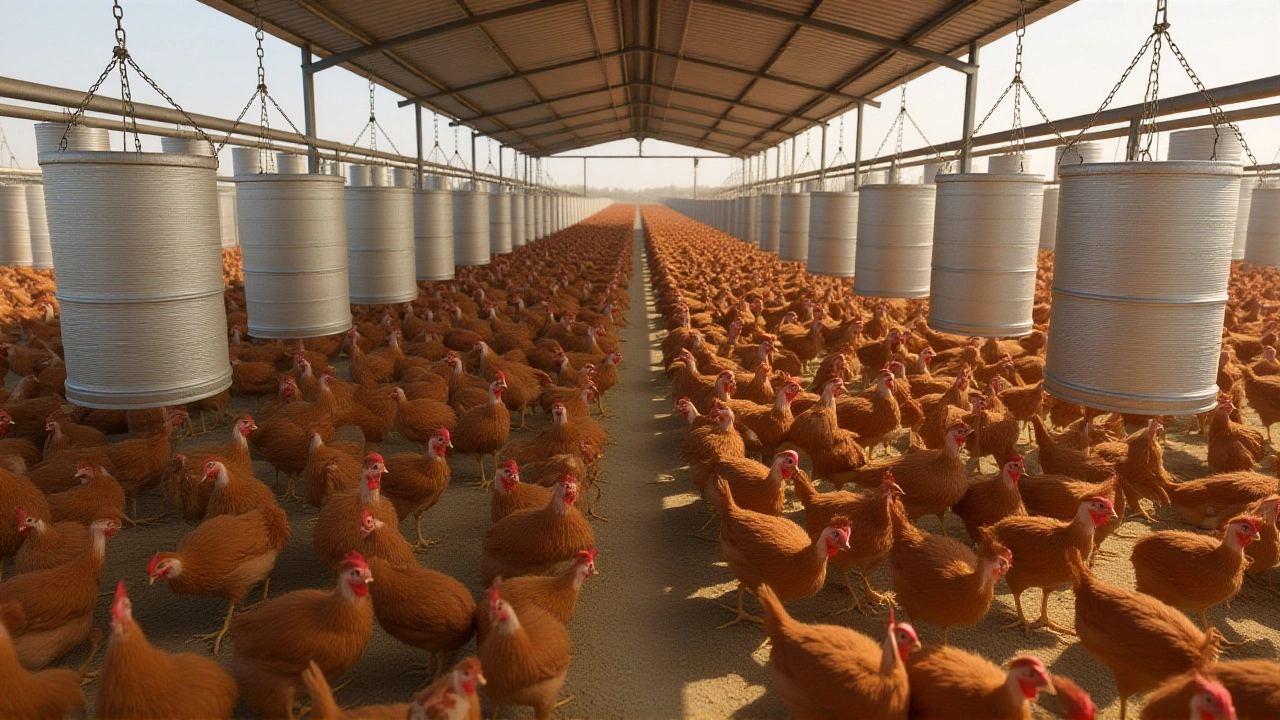Mexico Floods Kill 76, Leave 31 Missing as 70,445 Homes Damaged and Communities Cut Off
 Nov, 16 2025
Nov, 16 2025
When the skies finally stopped pouring over eastern Mexico, the toll was staggering: UNOCHA confirmed 76 dead, 31 missing, and more than 70,000 homes destroyed or damaged—not from a single storm, but from a brutal convergence of two tropical systems that turned rivers into torrents and hillsides into mudslides. The disaster unfolded between October 7 and 11, 2025, as Tropical Storm Priscilla and Tropical Storm Raymond slammed into a region already soaked by an unusually heavy rainy season. By October 21, entire towns were still cut off, their residents stranded without food, clean water, or medical care. The scale of destruction wasn’t just in numbers—it was in the silence of places no one could reach.
When the Rain Didn’t Stop
Veracruz received nearly 24 inches of rain in just four days. Hidalgo saw rivers burst their banks, sweeping away homes built on floodplains that locals had long warned were dangerous. In Poza Rica, the hardest-hit city, residents say they didn’t get a real warning until water was already waist-deep in their living rooms. "We were told to stay calm," said one woman, wiping mud from her photo album. "Then the power went out, and the river came through the door." Meanwhile, in Hidalgo, over 100,000 homes were damaged or destroyed. In Veracruz, Governor Rocío Nahle reported more than 300,000 people affected. The Copernicus Emergency Management Service mapped the damage across nine satellite products, revealing how entire neighborhoods had vanished under layers of silt and debris.
The Human Cost in the Shadows
It wasn’t just homes that disappeared. In Álamo, Veracruz, floodwaters surged to two meters—six and a half feet—swallowing a local clinic whole. Medical equipment, vaccines, records—all gone. "We set up tents outside," said local health director Martí Batres. "We’re treating children with pneumonia under tarps while the rain drips on our boots." The Mexican Navy pulled off 900 rescues in a single day. Helicopters flew over submerged roads. Volunteers in boats carried babies and elderly patients on their backs through neighborhoods that used to be streets. But for 112 communities—74 in Hidalgo, 31 in Veracruz, seven in Puebla—no one could get in. Not yet. Not even with drones.

"We Were Warned Too Late"
Claudia Sheinbaum, Mexico’s president, stood before cameras on October 15 and declared, "We will spare no expense." She said nearly 500 people had evacuated before the Panuco River surged in Tamaulipas. But in Poza Rica, residents told a different story. Many only fled when water was rising past their knees. "They said it would be ‘manageable,’" said Neptalí Rodríguez, a local farmer who lost his livestock and corn crop. "Then the river came like a train." Experts point to a glaring gap: Mexico has one of the world’s most advanced earthquake alert systems, yet its weather warning infrastructure is decades behind. "We can tell you an earthquake is coming in seconds," said Dr. Luisa Mendoza, a climate resilience researcher at UNAM. "But when a storm drops 24 inches of rain, we’re still relying on outdated river gauges and radio broadcasts." The PreventionWeb report from November 12, 2025, confirmed what many feared: the heaviest impacts fell on Indigenous communities in remote mountain towns—places with little infrastructure, poor roads, and no emergency sirens. "This wasn’t just a natural disaster," said activist Elena Tzotzil. "It was a failure of equity."
What Comes Next?
Even as rescue teams dig through mud, another storm looms. Forecasters warned of more heavy rain in southern Mexico within 48 hours of October 23, 2025. The ground is saturated. Rivers are still swollen. And with climate change making these events more frequent, experts say the question isn’t if another disaster will come—it’s when, and who will be left behind.
Humanitarian groups are stepping in. UNICEF, Save the Children, and Médecins du Monde Suisse are distributing clean water, hygiene kits, and emergency medical supplies under EU-funded programs. But they’re racing against time—and the next rainfall.

Why This Matters Beyond Mexico
This isn’t just Mexico’s crisis. It’s a preview. From Bangladesh to Louisiana, communities are being overwhelmed by rainfall patterns that no longer follow historical norms. Mexico’s failure to modernize its weather warning systems mirrors similar gaps in other developing nations. And as global temperatures rise, these events won’t be rare—they’ll be routine.
"We’ve trained for earthquakes," said one UN official working in Veracruz. "But we never trained for this kind of slow-motion drowning."
Frequently Asked Questions
How many people were affected in total by the floods?
Over 300,000 people were directly affected in Veracruz alone, with tens of thousands more impacted across Hidalgo, Puebla, and Tamaulipas. UNOCHA estimates more than 70,000 homes were damaged or destroyed, meaning well over half a million people—many in rural and Indigenous communities—lost shelter, clean water, or access to medical care.
Why were some communities inaccessible for so long?
Over 112 communities remained cut off due to washed-out roads, collapsed bridges, and landslides blocking mountain passes. Many of these are remote Indigenous villages with no paved roads to begin with. Helicopters were the only option, but poor weather and limited fuel supplies delayed aid. In Hidalgo, 74 towns were unreachable for over a week.
What role did climate change play in this disaster?
Researchers from the National Autonomous University of Mexico and the IPCC confirm that climate change has intensified rainfall patterns in the region, making extreme storms more frequent and severe. Rainfall events that once occurred every 50 years are now happening every 5–7 years. The convergence of two tropical storms in one season—a rarity in past decades—is now becoming more plausible under current warming trends.
Why didn’t the government warn people sooner?
While the national civil protection agency issued general alerts, localized warnings were inconsistent. Many rural communities received no direct notifications. Unlike Mexico’s seismic alert system, which broadcasts via cell towers and sirens, weather alerts rely on outdated radio networks and municipal announcements. In Poza Rica, residents say they heard nothing until water was already entering homes.
Who is helping with the recovery efforts?
UNICEF, Save the Children, and Médecins du Monde Suisse are leading humanitarian responses under EU-funded programs, delivering clean water, hygiene kits, and temporary medical clinics. The Mexican military continues search-and-rescue operations, while local volunteers coordinate food drops. International aid is still ramping up, as access remains difficult in the most affected zones.
What changes are being promised to prevent future disasters?
President Sheinbaum has pledged to improve early warning systems and invest in flood-resistant infrastructure, but no specific timeline or budget has been announced. Experts are urging the creation of a national weather alert network modeled after the seismic system, with real-time sensors, automated SMS alerts, and community training—especially in Indigenous regions that are currently left out of emergency planning.